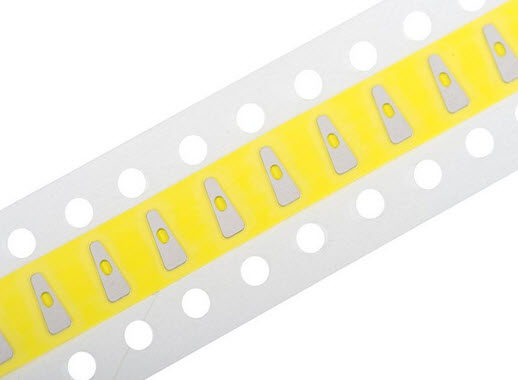When specifications for cutting thin film laminations call for a high level of precision and/or complex shapes, the process of stamping the laminations produces a much more precise, repeatable, and accurate result.
Thin film laminating is the process of applying adhesive to 2 or more layers of thin film or metal substrates and combining them to form a “lamination”.
This process is commonly performed by companies known throughout industry as “Converters”, many of whom also die cut (i.e. ‘kiss cut’, ‘rotary cut’, or ‘steel rule cut’) them into shapes for use as components in a larger assembly or as an end product. In many non-precision applications, the die cutting process sufficiently meets the specifications required by the OEM or end user.
When specifications call for a higher level of precision and/or complex shapes, the process of stamping the laminations to specification produces a much more precise, repeatable, and accurate result. Up to +/-.001 tolerances can be achieved with the stamping process. The tooling used for stamping thin film laminations is much more robust, which is more effective for cutting laminations as well as allows for the capability of cutting thicker laminations.
Higher levels of accuracy are achieved when stamping thin film laminations which significantly reduce scrap rates during production. We’ve taken customers from a 50% scrap rate using rotary die cutting down to a 1% scrap rate when stamping over 20 million parts per week!
QDP, Inc. has also developed a proprietary in-line packaging system where stamped laminated film parts can be adhered to strips of release liners. Pilot holes can be added to these packaging strips to comply with requirements of automated assembly equipment.
Are you experiencing high scrap rates or high rejection rates from your die cut thin film laminations? Contact us today to discuss how QDP can partner with you to stamp your parts with greater efficiency and profitability.


